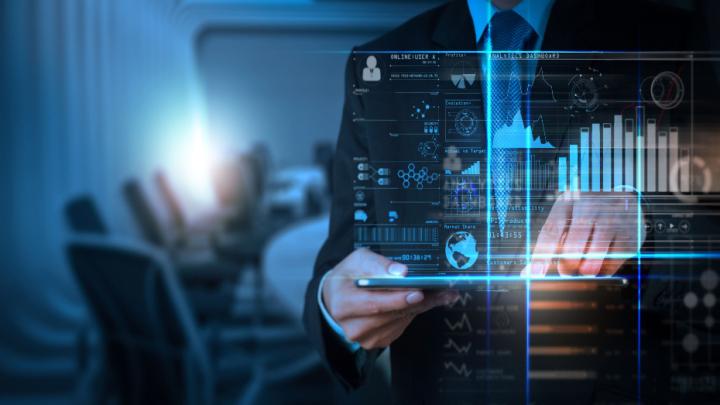4 Best Practices for Digital Risk Monitoring in Today’s “New Normal”

The COVID-19 pandemic has vastly altered the practice of digital risk monitoring. A shift to worldwide remote workforces and workstreams, cloud adoption, and a greater reliance on the digital supply chain has resulted in an expanded attack surface.
Against this backdrop, your organization must adapt its digital risk protection methods so that it effectively protects against cyberattacks. But how do you keep a constant check on your propensity for risk, both internally and across your vendor network?
Let’s look at four cyber risk best practices for digital risk monitoring in today’s evolving “new normal.”
1. Understand your attack surface
Digital risk monitoring is most effective when you have a full grasp of the digital assets in your IT environment. After all, you can’t secure what you can’t see.
Tools like Bitsight Attack Surface Analytics make it easy to validate and manage your entire digital footprint – across various geographies, business units, subsidiaries, cloud service providers, and home offices.
With a complete view of your organization’s digital assets (including shadow IT), you can identify each digital asset, its location, and the corresponding cyber risk. For instance, if the marketing team is using a SaaS application without IT’s knowledge, security teams can quickly discover the asset and understand its potential for risk. Security analysts can also be alerted to unauthorized cases of servers spun up in the cloud, such as an AWS instance in Germany, or other cloud instances that aren’t listed in your organization’s inventory of contracted cloud service providers.
2. Continuously monitor for evolving risk
Your expanding attack surface is a gold mine for hackers. Emerging vulnerabilities and attack methods call for constant vigilance. Time to discover is also critical.
To meet these challenges, you need a digital risk monitoring tool, like Bitsight, that continuously and automatically scans your attack surface for unknown security issues such as unpatched systems, misconfigured software, malware infections, open ports, and anomalous user behavior and exposed credentials.
Instead of sifting through a sea of data and alerts from disparate monitoring tools, you’ll get dashboard views about the near real-time security posture of each digital asset and any risks on your network. When pressing risks emerge, you’re alerted right away – no need to hunt threats down.
Plus, with this unified and integrated view of cyber risk you can more effectively take control of risk exposure across your expanding attack surface – without succumbing to tool sprawl.
3. Extend digital risk monitoring to your supply chain
Software supply chain attacks have become increasingly prevalent. According to the 2022 Verizon Data Breach Investigations Report, 62% of network intrusions originated with an organization’s partner.
Fortunately, Bitsight’s powerful continuous monitoring tools can also be extended to your third parties. Using Bitsight for Third-Party Risk Management you can keep a finger on the pulse of your vendors’ changing cyber risk profiles.
With Bitsight, you’ll get an immediate, near real-time snapshot of each vendor’s security performance – throughout the life of your partnerships. No lengthy or costly audits are required; and you’re automatically alerted when a supplier’s security posture falls below a pre-agreed threshold. Insights can even be shared with the vendor using the Enable Vendor Access feature, so there is absolute transparency in the process and both sides can work quickly to resolution.
4. Report your findings to executives
Security performance is a top priority for executives and board members. They want a greater understanding of risk so they can make informed decisions about how best to defend against threats and prioritize budget.
But decision makers aren’t always familiar with technical metrics or jargon that CISOs often include in their reports and presentations. They need easily digestible metrics that reframe the conversation about cybersecurity and resiliency into one about business risk.
To make sure you’re delivering the right metrics and information to the board, download: Reporting Cybersecurity to the Board: A CISO’s Guide. You’ll learn how to present the findings of your digital risk monitoring strategy in an executive-friendly way and tie them to the real-world outcomes that business leaders care about.
Make digital risk monitoring a priority
When you implement a continuous monitoring strategy that shines a light on risk wherever it resides – internally, in the cloud, and across your supply chain – you can rest assured that you're cyber-ready in today’s digital world.


